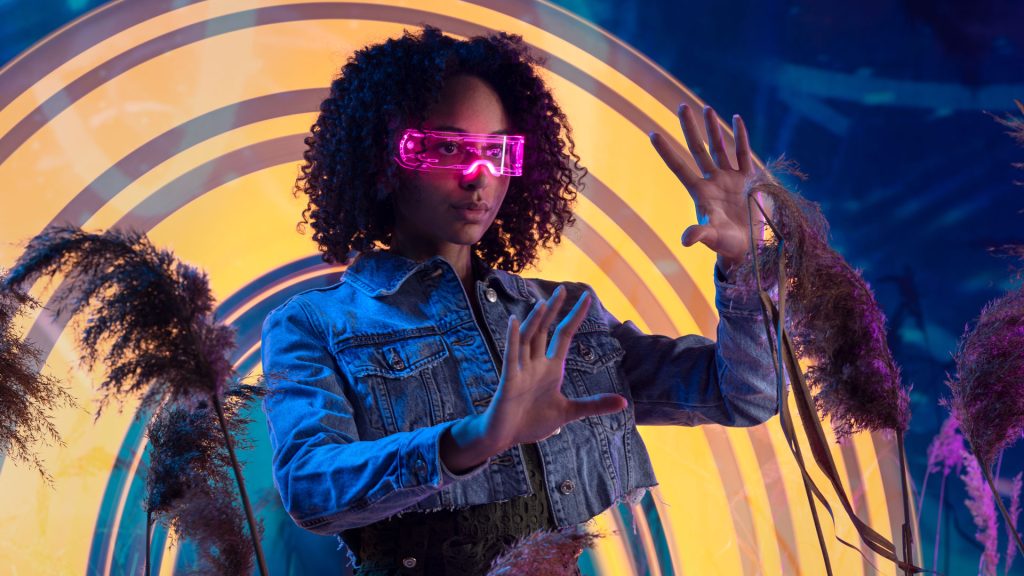Nurturing Curiosity Through Adaptive Systems

Beyond Activity Tracking Current early childhood apps excel at documenting daily activities but primarily function as digital documentation rather than adaptive learning systems. The real opportunity lies in moving beyond tracking what happened to understanding how a child learns and providing personalized pathways that adapt to their unique needs. Three Signals Pointing to the Future […]
Using Interactive Video to Model Inclusive Visual Design

The Accessibility Gap in Online Education The data tells a concerning story. According to WebAIM’s analysis, low-contrast text remains the most common accessibility failure, affecting 83.9% of websites. These barriers aren’t typically created with malicious intent; they emerge from a lack of awareness and practical training. While the W3C’s Web Content Accessibility Guidelines (WCAG) provide […]
Augmented Reality is Reshaping Learning Experiences in Higher Education

Augmented Reality (AR) is often framed as a futuristic tool with limitless potential, but in higher education, its practical applications are still evolving. While AR has already begun reshaping industries like healthcare, design, and engineering, its role in classrooms and studios is still largely experimental. One of the biggest shifts in AR discussions is its […]
Virtual Learning Needs More Than One Way to Win

Time moves only when you move. That’s the premise of SUPERHOT VR, a virtual reality (VR) game that inadvertently taught me an important lesson about accessibility in virtual learning spaces. While playing, I found myself completely disoriented, losing track of my physical surroundings as my proprioception, my body’s sense of position and movement, became increasingly […]
Is Artificial Intelligence (AI) Behind Your Language Learning Streak?

The Brain Behind Your Lessons Duolingo’s Aritificial Intelligence (AI) engine, Birdbrain, powers a personalization system that adapts to each learner’s journey. Having experienced both traditional classroom pacing and AI-driven adaptation, I’ve seen how this technology creates a more responsive learning environment. By analyzing performance patterns and predicting potential stumbling blocks, it crafts a unique learning […]
How Generative AI is Revolutionizing Education Access in 2025

In 2025, generative AI is revolutionizing education by breaking down traditional barriers through adaptive learning platforms, real-time translation, and personalized support systems. The article explores how these AI technologies are creating unprecedented access to quality education for all students, while thoughtfully considering the challenges of ensuring equitable access to these powerful tools.